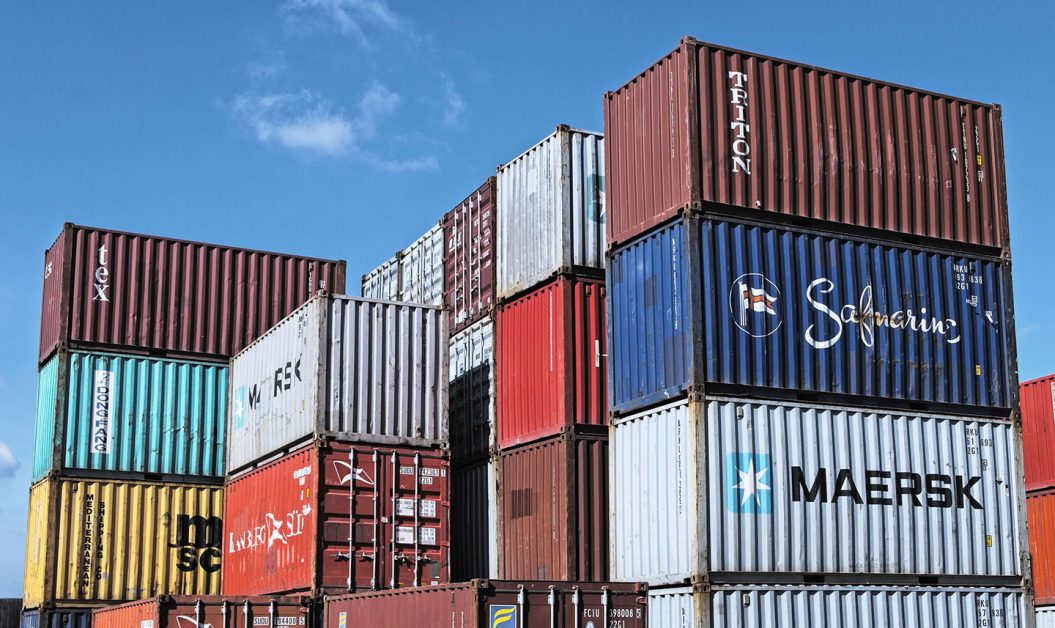The global container inventory crisis is leading to a disproportionate hike in container rates and disrupting supply chains across the world.
Shipping lines, however, are mobilizing empty containers to Indian seaports, but it is the inland movement of these containers which is posing greater difficulty.
A large inventory of containers is currently clogged in the US and the European Union, as containers are stuck inland, Sunil Vaswani, executive director of Container Shipping Lines Association told CNBC-TV18.
“Empty containers are being brought in by shipping lines to India, but ports are unable to accept new containers as they are congested far in excess of their capacity,” he added.
It is the slow inland movement of empty containers, therefore, which is further constraining capacity. Shipping lines also said the Container Corporation of India, responsible for the inland transportation of containers, mostly via the railways network, also needs to expedite this clearance.
“The Jawaharlal Nehru Port Trust outside Mumbai, for instance, is full because the empties are not being taken out,” Sharad Kumar Saraf, president, FIEO said. JNPT, or Nava Sheva port is the country’s largest container port.
“Cargo arriving on the east and southern coasts is facing particular delays due to congestion at trans-shipment hubs. We are attempting to bypass the transshipment hub in Colombo altogether and create adhoc facilities hubs elsewhere, in Cochin, for instance,” Vaswani said.
He also indicated that containers not being destuffed in time by importers to be made available for exports is adding to turnaround times. He said CSLA has also requested the Indian Railways to subsidise freight rates for the movement of empty containers.
Source: CNBC TV18








